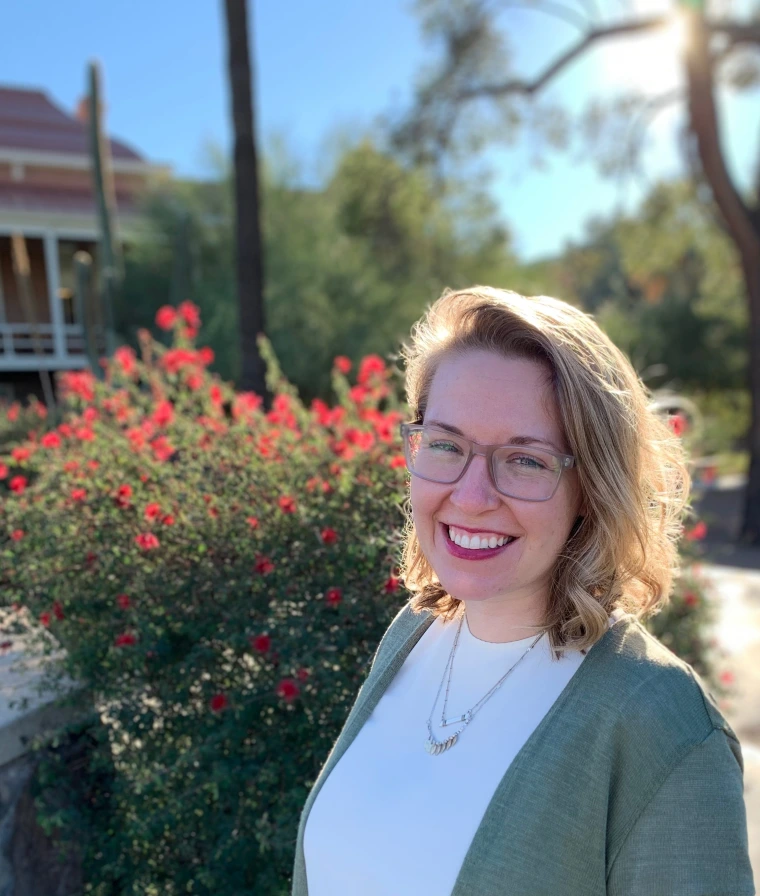Engaging students in an English-medium STEM classroom: Positioning learners through teacher-directed questioning
Dissertation Committee: Dr. Hayriye Kayi-Aydar (Chair), Dr. Suzanne Panferov Reese, Dr. Chris Tardy, Dr. Nick Ferdinandt
Dissertation Title: Engaging students in an English-medium STEM classroom: Positioning learners through teacher-directed questioning
Locations: In person - Harvill 211; Zoom location - https://arizona.zoom.us/j/6155058290?omn=84591856486 (password: EMI)
Abstract: Rapid changes in international education globally have led to growth in transnational partnerships between institutions around the world (Altbach et al.,, 2019; Knight, 2016). These partnerships often employ English as the medium of instruction (EMI) as a marketable recruitment tool (De Costa et al., 2022) with varying program structure (e.g., McKinley et al., 2021), stakeholder input, and quality assurance measures (McBurnie, 2008). Of special interest is how instructors are(n’t) prepared to shift their language of instruction or begin teaching students for whom English is an additional language. While language teacher agency has a growing body of research (Kayi-Aydar et al., 2019), less is known about content instructors’ agentic actions in transnational EMI classroom contexts. To address this gap, this dissertation describes a 6-month longitudinal, critical, ethnographic case study conducted in a transnational higher education partnership between a U.S. and Chinese institution providing English-medium instruction. Participants included 2 STEM instructors and over 100 students. The instructors’ discursive positioning and instructional choices were analyzed in recorded classroom observations, and their observed agentic choices were retroactively discussed in semi-structured interviews. The findings highlight that in-class interactions prompted through teacher-directed questions were minimal and nearly all rhetorical, limiting students' opportunities for language practice and instructors’ in-class, formative assessment. Students were generally positioned as unwilling interlocutorsbut agentic individuals who should question instructors and the program. In contrast, students’ written interviews highlighted the many challenges of comprehending content delivered in an EMI context. This reflects a growing awareness in EMI research (Galloway et al., 2021; Macaro et al., 2018) that changing the language of instruction does not necessarily support simultaneous content and language acquisition. However, language acquisition remains one of the main reasons students consider participating in EMI programs and a “benefit” under which they are recruited. As such, the study concludes with suggestions and implications for supporting content teachers and English language learners in content-focused courses.


